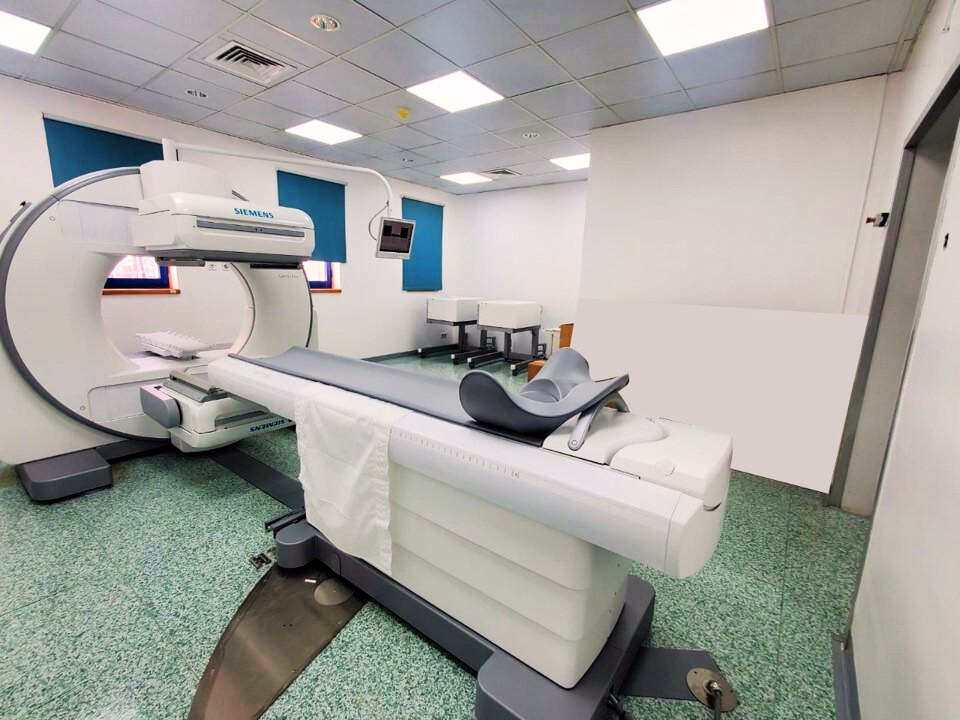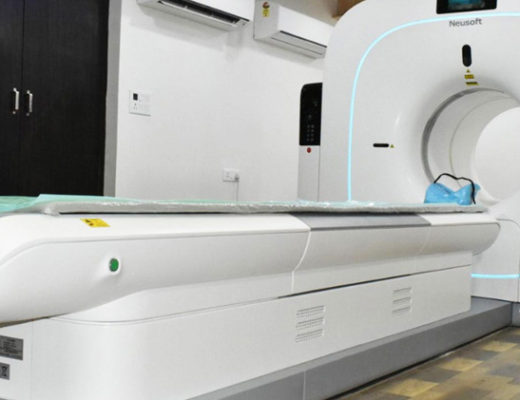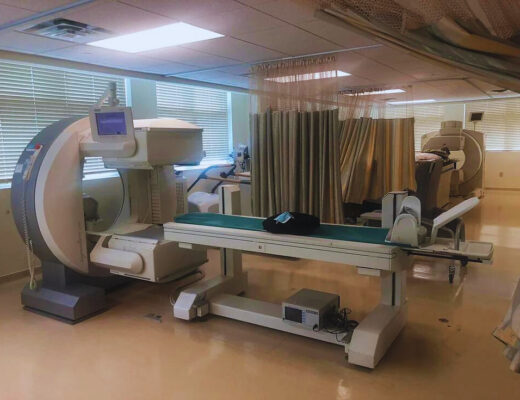Gamma Camera Therapy plays a crucial role in the comprehensive approach to cancer treatment and diagnosis. By harnessing advanced imaging technology, gamma cameras not only aid in pinpointing cancerous cells but also play a vital role in monitoring treatment progress. This article delves into how it contributes to improving outcomes in cancer care.
Demystifying the Gamma CameraTherapy: A Window into Cellular Activity
Demystifying gamma camera therapy unveils its role as a crucial window into cellular activity in modern medicine. This advanced imaging technology allows healthcare providers to observe and analyze the metabolic processes within the body at a cellular level. By capturing gamma rays emitted from radiopharmaceuticals, gamma cameras create detailed images that help diagnose various medical conditions, including cancer, cardiovascular diseases, as well as neurological disorders.
Beyond diagnosis, it aids in treatment planning by precisely locating abnormalities and monitoring responses to therapies. As technology continues to evolve, it remains indispensable in providing invaluable insights into cellular activity and improving patient outcomes.
Diagnostic Role of Gamma Camera Therapy
1. Early Detection of Cancer
Gamma camera therapy’s significant advantage is its ability to detect cancer at an early stage. The radiotracers concentrate in areas with high metabolic activity, such as cancer cells, making it possible to identify malignancies before they become apparent through other imaging methods. Early detection is crucial for improving treatment outcomes as well as survival rates.
2. Functional Imaging
Gamma camera therapy provides functional imaging, showing how organs and tissues are functioning rather than just their structure. This capability is especially valuable in oncology, as it helps differentiate between benign and malignant growths based on metabolic activity, thereby improving diagnostic accuracy.
3. Versatility in Diagnosing Various Cancers
Gamma camera therapy is adaptable and can diagnose a variety of malignancies, including:
- Thyroid Cancer: Radiotracers like Iodine-123 and Technetium-99m highlight abnormal thyroid activity.
- Bone Cancer and Metastases: Technetium-99m helps detect bone metastases, identifying cancer spread.
- Lung Cancer: Specific tracers highlight metabolic abnormalities in lung tissues, aiding in the detection of lung tumors.
- Breast Cancer: SPECT imaging can reveal breast tumors not visible on traditional mammograms.
Therapeutic Role of Gamma Camera Therapy
1. Guiding Treatment Decisions
Gamma camera therapy is crucial for guiding treatment decisions. By providing detailed images of the extent as well as location of cancer, it helps oncologists develop targeted treatment plans. This precision ensures that treatments like surgery, radiation, or chemotherapy are accurately directed at cancerous tissues, minimizing damage to healthy tissues.
2. Monitoring Treatment Efficacy
Throughout the treatment process, it can monitor the effectiveness of interventions. By comparing images taken before, during and after treatment, healthcare providers can assess how well the cancer is responding. This ongoing monitoring allows timely adjustments to treatment plans, enhancing overall effectiveness.
3. Post-Treatment Surveillance
Gamma camera therapy is valuable for post-treatment surveillance, detecting any recurrence of cancer early and ensuring prompt intervention. Regular follow-up scans can reassure patients and their families by confirming that the cancer remains in remission.
The Future of Gamma Camera Therapy in Oncology
The future of gamma camera therapy in oncology is promising. Advances in radiopharmaceuticals and imaging technology continue to enhance this diagnostic and therapeutic tool’s precision as well as effectiveness. Researchers are developing new tracers that target specific types of cancer more accurately and improvements in imaging software are providing even clearer and more detailed images.
Conclusion
Gamma camera therapy has revolutionized oncology by offering a powerful combination of diagnostic and therapeutic capabilities. Its ability to detect cancer early, provide functional imaging, and guide treatment decisions makes it an indispensable tool in the fight against cancer. As per rnmcenter technology advances, it will continue to play a critical role in improving cancer diagnosis and treatment, offering hope as well as better outcomes for patients worldwide.
Embracing this innovative approach enhances the precision of cancer care, leading to improved survival rates and quality of life for patients. If you or a loved one is facing a cancer diagnosis, discussing the potential benefits of gamma camera therapy with your healthcare provider could be a pivotal step towards effective treatment as well as recovery.




